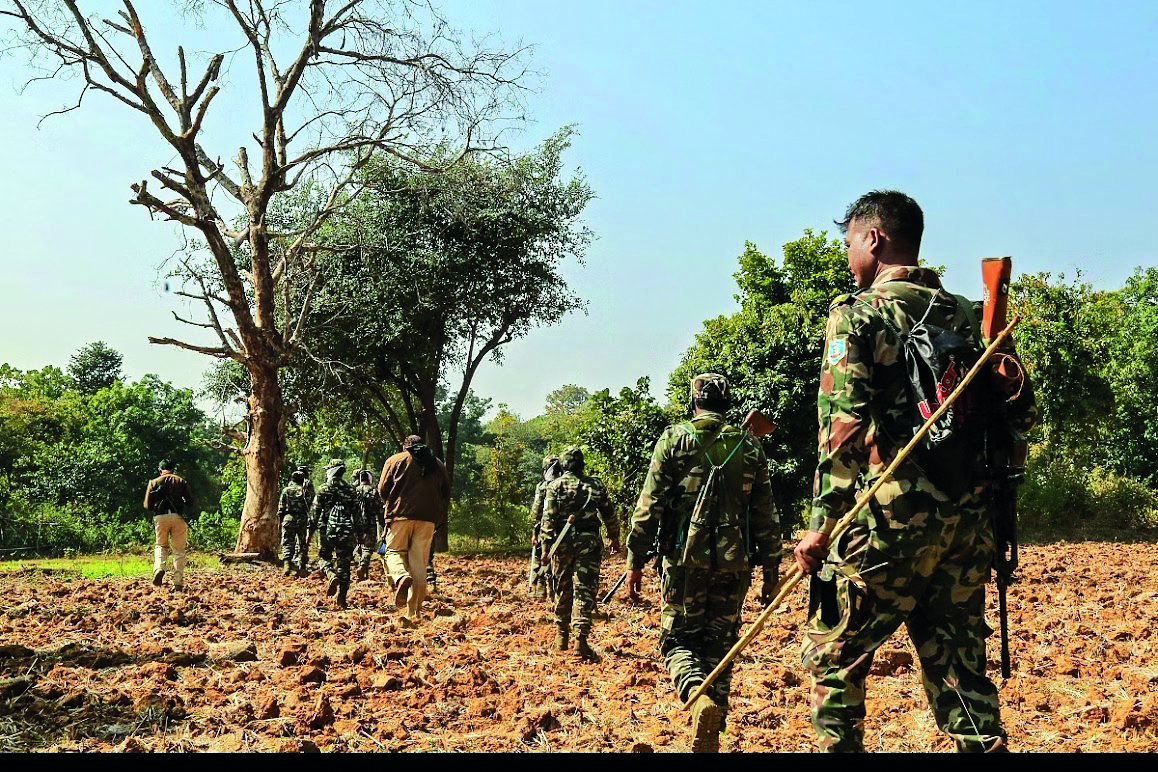Govt may move 3,000 CAPF troops from Odisha to Chhattisgarh to intensify anti-maoist operations

New Delhi: In a major strategic shift, the Indian government will deploy additional Central Armed Police Forces (CAPFs) in Chhattisgarh to intensify anti-Maoist operations in their last bastions. Sources have said that three battalions of the Border Security Force (BSF), comprising more than 3,000 personnel, from Odisha and an equal number of Indo-Tibetan Border Police (ITBP) units will be moved to Chhattisgarh, with a specific focus on the dense forests of Abujhmad.
This new operational blueprint aligns with Union Home Minister Amit Shah's recent declaration of being "on the verge of" eliminating Left-Wing Extremism (LWE) in India. "The last strike against LWE is in the process," Shah asserted in December, emphasising the government's determination to end Naxalism.
One BSF battalion from Odisha's Malkangiri will be initially moved to Chhattisgarh, establishing six new company operating bases (COBs) in Narayanpur district. This initial deployment will be further bolstered by two additional BSF battalions later. A BSF battalion has a strength of over 1,000 personnel.
The existing eight battalions of ITBP in Narayanpur, Rajnandgaon, and Kondagaon will be joined by another unit specifically tasked with penetrating deeper into the core area of Abujhmad, a 4,000 sq km stronghold of armed Naxal cadres.
Both BSF and ITBP forces will create more COBs and forward operating bases along the Chhattisgarh-Odisha border, aiming to disrupt Naxal movement between these states.
The uncharted Abhujmad forests are home to around 35,000 tribal residents, residing in 237 villages. Security forces plan to ensure minimal disruption to their lives while conducting operations.
The area, at present, has no permanent central or state police base and armed Maoist cadres are stated to be operating, training and moving here from across the Chhattisgarh-Odisha border in the south Bastar region of the state.
The Bastar region comprising districts like Dantewada, Sukma and Bijapur up to Narayanpur and Kondagaon and Kanker district further north is the last bastion and corridor where Maoists have some strength and can spring surprises against the security forces and the administration.
The enhanced security presence aims to create a stable environment for initiating state-led development projects in the Naxal-affected areas. Security officials estimate around 800-900 active Naxal cadres in Chhattisgarh, compared to only 242 in Odisha, highlighting the targeted focus on Chhattisgarh.
Shah’s remarks on BSF raising day paint a picture of significant progress in combating LWE.
He cited a 52 per cent drop in Naxal violence, 70 per cent reduction in related deaths, and a decrease in affected districts from 96 to 45 over the past decade.
This redeployment of CAPFs signals the government’s renewed commitment to eliminating LWE and bringing lasting stability to Naxal-affected areas.
By prioritising strategic operations, safeguarding tribal communities, and paving the way for development, the government hopes to turn the tide against Maoism and secure a brighter future for these
regions.with agency inputs



